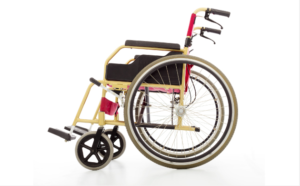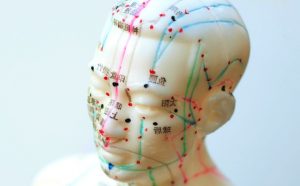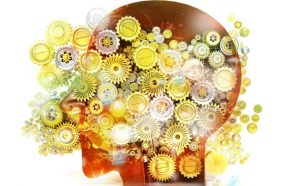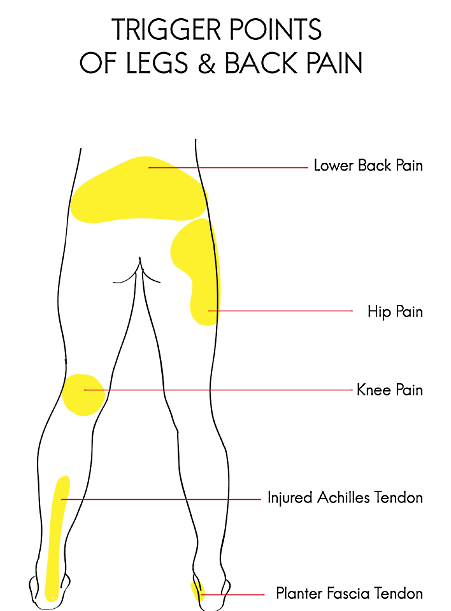Project Description
Sciatica & Back Pain: a Step by Step guide to Manage the Pain
A sciatica is a condition of acute pain, in which the sciatic nerve gets irritated and causes pain all along the leg. When you are struck by sciatica for the first time, you are generally dismayed, as the type of pain is absolutely different from the classic traumatic (pulsating), or inflammatory pain, which may have affected us in the past in any joint. In this guide we will analyse, step by step, how to deal with inflammation of the sciatic nerve and when to turn to physiotherapy.
What is Sciatica?
When we talk about sciatica we basically talk about the sciatic nerve area. The Sciatic Nerve is one of the largest and most important nerves. The nerves are extensions of the medulla starting from the vertebrae, whose purpose will be to supply the “current” for the muscular system and the sensory system. The Sciatic nerve supplies the current, or the motor stimulus to the main muscles of the right or left leg, depending on which side of the column is affected. The sciatic nerve originates from the column and travels laterally towards the center of the buttock, passing through the piriformis muscle (it often remains trapped causing piriformis syndrome), and then goes down obliquely and laterally to the thigh up to the knee, where it is divided into two branches:
- External popliteal sciatica (also called common peroneal nerve) nerve that serves the anterior portion of the leg to control the dorsal flexion of the ankle (lifting your foot) which is essential for walking.
- Internal popliteal sciatica (also called tibial nerve) which serves the hamstrings of the leg (calf) and the muscles of the sole of the foot and provides plantar (downward) flexion motion of the ankle/foot .
What are the causes of a sciatic nerve?
This kind of inflammation is very common and it can affect patients of all ages. The causes of sciatic pain are many, and each will require a different physiotherapy approach. Generally, in 80% of cases of sciatica pain, the triggering cause is the presence of a hernia or protrusion that can be seen on an MRI.
A specialist will be able to differentiate a true Sciatica (i.e. a condition in which the pain is due to a protrusion or hernia of the intervertebral disc) from a pseudo-sciatica or piriformis syndrome.
Physiotherapists often see individuals who suffer from pain that is exactly as that originated by a true sciatica, sometimes even with a disk protrusion or a hernia showing on the MRI, but the real cause of pain is not a true sciatica, but a trigger point.
By definition, a trigger point is a stretched band of tissue in one or more muscles, which if activated, or manually stimulated, causes pain which can be referred even at a distance. There are really many of them in our body, and sometimes even more than one can be activated, causing painful symptoms identical to that of sciatica.
Generally there is a “Primary” trigger point that irritates and activates many satellite trigger points. It is therefore appropriate to investigate which trigger point is responsible through a series of specific tests, and in solving it, as if by magic, the pain along the whole course of the nerve will disappear.
What are the symptoms of Sciatica? how
Sciatica symptoms are quite specific:
– Lower back pain – sometimes the muscular contraction is so bad that any movement is impossible
– Central gluteus pain – (the feeling is that of pressure in the middle of the buttock; the area is very painful if touched)
– Shock-like pain and irradiation laterally along the thigh
– Pain that radiates further down to the foot
– A feeling of heat along the course of the nerve
– Muscle weakness of the entire leg, up to the inability to rest the foot on the ground
– Feeling of an electric shock
– In the event that an additional branch called cauda equina is also involved in the inflammation of the sciatica, symptoms such as urinary incontinence, altered sensitivity to saddle in the perianal area, and sexual disorders can also appear.
Diagnosis of Sciatica
In the event of painful symptoms in the sciatic nerve, a consultation with a specialist doctor (neurosurgeon or orthopedist or a physical medicine and rehabilitation secislist) will be necessary first. Your medical history will be collected and a physical examination including posture analysis will be carried out to investigate whether you have an incorrect posture and clinically evaluate your symptoms. Normally a Doctor will prescribe exams such as:
- X-ray of the spine or MRI of the spine – to evaluate the integrity of bone structures, the conditions of the column (verticalization, arthrosis, spondylolysis, spondylolisthesis and intervertebral disc protrusions or herniation are amongst the things that are analysed) ;
- Electromyography – this is a diagnostic test used to evaluate nerves and muscles. It allows you to measure “conduction speed” and “Muscle function”. It has to be said that electromyography is a strictly functional exam, that is, it investigates the function of the nerve or muscle and allows us to quantify any damage on nerves.
Treatment of Sciatica
Treatment of Sciatica works in three precise phases: Acute phase, sub-acute phase, prevention of relapses.
Acute Fase: sciatica
At this stage the person cannot literally move, and staying in bed is the best condition, to avoid further irritating the nerve. In this phase, after a medical evaluation, anti-inflammatory and muscle relaxant drugs will be prescribed (generally injections are more effective), or a course of Cortisone. This Phase must be absolutely respected, no physiotherapy, osteopathic therapy, no type of massage, or heat should be applied, as there is a risk of increasing the pain.
Sub-acute phase:
This is the most delicate phase, in which the therapist has to treat the problem and if they do not follow the right steps, things risk taking a turn for the worse. This phase can last from a few days to a few weeks.
In this phase, the physiotherapy goal is to reduce pain and help return to a normal life.
Any pain-associated contractures and inflammatory processes of the nerve should be dealt with in this phase.
Vertebral manipulation (performed by highly specialized personnel) can be used prior to a functional evaluation that will provide indications on the correct direction of movements.
A series of tests can also be carried out to treat myofascial dysfunctions, and thickening of the fascia that limit movement. Physical therapies such as Tecartherapy, Laser, hyperthermia, or less modern but still valid therapies such as infrared or antalgic currents (tens, diadynamics ..) can help.
Prevention of relapses: sciatica
Generally, after the acute and sub-acute phase you will face a period of “Settling” where you will need to deal with two important aspects: you must re-evaluate and change your posture, and above all you must change your lifestyle. Performing a Postural Rehabilitation cycle is really important and it is the best investment you can make. You will need to work on the cause of your sciatic pain, and above all improve the anatomical relationships of the structures involved in this condition.
Lifestyle Changes:
Meet sciatica and you will have a good reason to take matters in your own hands and change some aspects of your life!
- Lose Weight;
- Exercise a little (good old swimming is fine, but a walk is fine too), paying attention to the frequency,and above all do not give up once symptoms have improved
- Changinge your posture when sitting at your desk: a good posture, with a good chair and a correct computer station will go a long way in helping recovery;
- Stretch
Surgery for sciatica:
Unfortunately, it is not always possible to solve the problem with the solutions described above, and despite the treatments, the surgical route is the only solution. Contrary to the past, nowadays we have the option of microsurgery which is less invasive and has great results.
Before deciding whether to operate or not, you should wait a little and go full on-board with a conservative (non-surgical approach) to see whether it works on its own. In this phase it is best to have a professional on your side, to guide you through a specific plan.
Lifestyle Improvement and Change sciatica
Being affected by this acute condition is a good reason to take matters into your own hands and change some aspects of your life. First thing you might consider is a weight reduction, according to your doctor or a nutrional therapist.
Also, try to perform a minimum of physical activity, like strecthing exercises, a good swimming, or a walk, paying attention to the frequency and above all do not give up once the pathological condition has improved.
A sedentary lifestyle is the basis of most degenerations, so you will have to change your posture at the office: a good posture, with a good chair, a correct computer station, can really help a lot to recover.
You Might Find These Home Visiting Services Useful… |

Physiotherapy

Acupuncture

Nutritional Therapy





